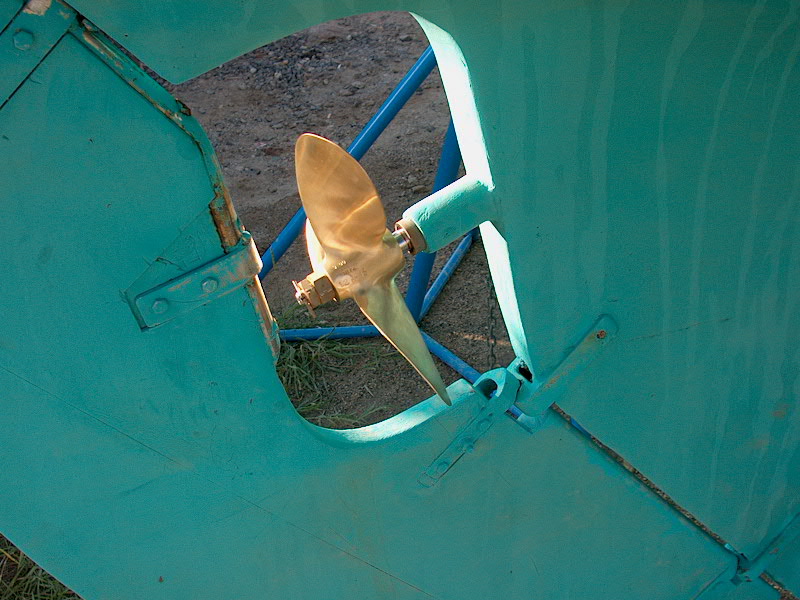I lined the two up and yelled for my buddy on the ground to "give it a little goose just to seat it", thinking that he'd need the block and mallet to drive it home. My one eye peeking through the cockpit access port was bewildered to see it slide all the way in. All boatwork should be so easy!
Of course, hours later I learned the other edge of the sword.... the previous installation must not have had the shaft so deeply installed in the coupling, because now I don't have enough space to fit a zinc between the prop and the cutless bearing!
Mr. Zinc, allow me to introduce you to my old buddy, Mr. Bench Grinder.
As far as I can see, the only true downside to this is that the zinc will need to come off before a prop puller will be able to take a bite, but I'm fairly certain that this was the case before anyway (see as-found pic)

I figure if I'm swimming with tools for an underwater prop swap, a hex key (does no one refer to them as "allen wrenches" anymore?) for the zinc won't be much of an additional hassle.
Does anyone here think I'm nutty, and that I should back the shaft out some?

